Bisected by the Vltava River, Prague has many world-class museums and baroque-style churches and bridges such as the famous Charles Bridge. With gothic towers, ancient cathedrals, and the largest castle in the world, Prague is one of Europe’s great cities to visit.
The best time to visit Prague is from May to September but we also recommend visiting Prague at Christmas if you are like us and you enjoy the Christmas atmosphere. You can check our detailed guide for the best time to visit Prague.
Without further ado, here is our list of the best things to do in Prague
Explore the Old Town Square
The Old Town Square has remained relatively untouched since the 10th Century and you should definitely visit it. Around the old town square, there are a lot of Gothic towers and well-preserved historical buildings. Usually, there are a lot of performers and musicians there, especially at Christmas when we visited Prague there was a Chrstimas Market and a huge Christmas tree. We have to tell you guys that the festive atmosphere was incredible.
Watch the Astronomical Clock Strike an Hour
While you are in the Old Town Square, you should visit Prague’s famous clock, which is located on the south side of the town hall. The world’s best-preserved medieval mechanical clock was created in the 14th century, despite being broken and rebuilt over the course of its existence. The Astronomical clock is a complex system that displays several distinct representations of time is the astronomical clock. The clock performs a little performance every hour that includes a skeleton ringing his bell, the twelve apostles passing by, a rooster crowing, and finally the chiming of the timepiece. Every hour a lot of people are gathered there to see this performance. You absolutely have to watch it while you’re in Prague.
Make the most of your visit by using an Old Town Hall & Astronomical Clock Entrance Ticket. You may visit Old Town Hall, witness the astronomical clock’s inner workings up close, and see staterooms, a gothic church, and a medieval cellar, among other things.
Stroll across the Charles Bridge
One of the most pleasurable and unforgettable experiences of a trip to Prague is a simple stroll across the bridge from the 14th century. Charles IV ordered the bridge in 1357 to replace an earlier structure that had been destroyed by flooding. Although it was finished in 1390 and the eye-catching sculptures were added in the 17th century, it wasn’t until the 19th century that the bridge was given Charles’ name.
Take your time exploring the sculptures and the old Gothic gates while admiring the beautiful views of the River Vltava. The ideal times to visit are early in the morning or late at night because this pedestrian bridge may get quite busy.
Visit Prague Castle
Without visiting Prague Castle and its surrounds, a vacation to Prague would be incomplete. We passed through security quickly and entered the palace. The old Malistrana district and the river are both visible from the Prague Castle, which is proudly perched above the city.
The castle, which was first constructed as a walled fortification about AD 870, has undergone significant changes throughout the years and now showcases the majority of the most popular architectural trends from the previous millennium. Several of Prague’s most well-known tourist attractions, including St. Vitus Cathedral, St. George’s Basilica, the Powder Tower, the Old Royal Palace, and the Golden Lane, are located inside the castle walls.
The Prague Castle is not a castle in the traditional sense of a single structure with towers and turrets. Around three major courtyards are a colossal (7 hectares or 18 acres) collection of palaces, St. Vitus Cathedral, churches, the president’s state offices and homes, a monastery, museums, and art galleries. Visits to St. Vitus Cathedral, the Old Royal Palace, St. George’s Basilica, and the Golden Lane are among the castle’s highlights.
See the Treasures of St Vitus Cathedral
The largest and most significant Christian cathedral in the Czech Republic is the Roman Catholic St. Vitus Cathedral (Katedrala St. Vita), which is located on the grounds of Prague Castle. The tombs of countless saints and three Bohemian kings are also located there, along with the seat of the Archbishop of Prague.
The cathedral was constructed in 1344 and took more than 525 years to finish. It was built on the site of a Romanesque rotunda constructed in AD 925 and combines contemporary Neo-Gothic and 14th-century Gothic styles with Baroque and Renaissance influences.
The St. Wenceslas Chapel (Svatovaclavska kaple), with its magnificent jewel-encrusted altar with more than 1,300 precious stones, and a 1370 mosaic representing The Last Judgment are among the interior attractions. The Czech crown jewels are also noteworthy, although being rarely shown. For stunning views of Prague, be sure to ascend the cathedral’s 97-meter main tower. Also open to guests is Sunday mass at the cathedral. As we entered St. Vitus Cathedral, we were struck by its Gothic design. The stunning stained glass windows, towering arches, and intimidating entryway with its rose window, tall towers, and gargoyles were all things we admired.
We left the castle by the east gate, traveled through the vineyards and gardens to the Malá Strana (Little Town), crossed over the Charles Bridge, and then returned.
Golden Lane – Playground for Alchemists
The enigmatic Golden Lane, so named because, according to mythology, alchemists had to search on this street for a reaction to change common materials into gold, is also situated inside the castle’s grounds. It is uncertain whether alchemists ever worked or resided here, despite the street’s name. Franz Kafka, a Czech-Jewish author, spent almost two years living on this street (no. 22) and writing there because he liked the quiet atmosphere it offered.
The well-known yet narrow street near Prague Castle, lined with exquisite and vibrant homes, has a certain appeal that draws millions of visitors from all over the world each year.
The village, which formerly housed the castle’s soldiers, is today crowded with cafés and a variety of gift stores.
Try local Czech Cuisine
Unquestionably one of the most beautiful cities in Europe is Prague. But did you also know that Prague is a foodie’s paradise? The city’s eating culture has a lot to offer, from trying out regional brews to sampling the best traditional Czech cuisine.
Hearty and savory, Czech cuisine is frequently contrasted with those of its neighbors, Germany, Poland, and Austria. These are the kinds of meals you want to have after exploring the city on a cool afternoon. With rich sauces and mouthwatering sides, several types of meat and potatoes are frequently served.
Of course, we must also include Prague’s beer! There isn’t a dish that can’t be complemented with an ice-cold Pilsner in the beer capital of Europe. Some claim that in Prague, beer is more affordable than water. And given that the rates are frequently 50 Koruna (2 Euros) or less, it is very definitely doable!
Explore the public artworks
The Charles Bridge and the Astronomical Clock are only two examples of Prague’s amazing architecture, but there is also a ton of street art to take in. While some pieces are more obvious to uncover than others, all are intriguing and one-of-a-kind.
Prague’s public art is exactly what you’d expect it to be: eccentric, astute, political, and a lot of fun. Prague has raised the standard in terms of statues and sculptures, with infants climbing up the sides of buildings and a huge upside-down horse hanging from the rafters, respectively. David Černý a contentious but equally talented sculptor, deserves some of the credit.
Some of the public arts include John Lenon Wall, Kafka’s head, bronze babies, dancing house, flying man with an umbrella… etc. You can read our detailed article about public art.
Walk the backstreets of Mala Strana
Malá Strana (meaning “Little Quarter” in Czech) is a historic neighborhood in Prague, the capital of the Czech Republic. It is located on the west side of the Vltava river, directly across from the Old Town (Staré Město) and is connected to it by Charles Bridge.
Malá Strana has a rich history dating back to the 13th century, and it has long been a center of culture and politics in Prague. The neighborhood is known for its narrow, winding streets and charming houses, many of which are adorned with intricate Baroque and Rococo facades. The neighborhood is also home to several notable landmarks, including the Church of St. Nicholas, the Wallenstein Palace, and the John Lennon Wall.
In recent years, Malá Strana has become a popular tourist destination, with many visitors coming to see its historic buildings, walk along the Vltava river, and visit its numerous shops, restaurants, and pubs. It is also a popular place to stay for tourists visiting Prague, as it offers easy access to the city’s many attractions and is within walking distance of the Old Town.
Climb 299 Steps to Petrin Hill
Petřín Hill is a hill in Prague is located in the center of the city and is a popular tourist destination. Petřín Hill is known for its stunning views of the city and its parkland, which covers an area of approximately 120 hectares (300 acres).
The hill is named after St. Peter, and it is a popular spot for hiking, picnics, and outdoor recreation. It is also home to several notable landmarks, including the Petřín Lookout Tower, which offers panoramic views of the city from its observation deck. The hill is also home to the Petřín funicular, which takes visitors to the top of the hill, as well as the Petřín Maze, a popular attraction for children.
In addition to its outdoor attractions, Petřín Hill is also home to several cultural and historical landmarks, including the Mirror Maze, the Petřín Observatory, and the Strahov Monastery, which is home to the National Gallery’s collection of medieval and Baroque art.
Petřín Hill is a popular destination for tourists and locals alike, and it is a great place to experience the beauty and culture of Prague.
Letná Park
Letná Park is a public park and it is located in the district of Letná, on a hill overlooking the city. Letná Park is a popular destination for locals and tourists alike, offering panoramic views of the city, as well as a variety of recreational activities.
The park features a large open green space, as well as several playgrounds and sports facilities, including a skatepark and a beach volleyball court. It is also home to several notable landmarks, including the Letná Beer Garden, which is known for its views of the city and its selection of local beers.
Letná Park is a popular spot for picnics, sunbathing, and outdoor sports. It is also a great place to take a leisurely stroll, with numerous paths and trails winding through the park’s gardens and wooded areas.
In addition to its recreational amenities, Letná Park is also home to several cultural and historical landmarks, including the Letná Metronome, a large metal sculpture that was installed in 1991 to mark the spot where a giant statue of Soviet leader Joseph Stalin once stood. The park is also home to the Letná Stadium, a popular venue for sporting events and concerts.
Try a (or a hundred) Trdelnik
Trdelník (also known as “chimney cake”) is a traditional Czech pastry that is popular in Prague and throughout the Czech Republic. It is made from dough that is rolled into a long, thin strip, wrapped around a wooden or metal rod, and then grilled over an open fire or in an oven. The dough is then coated with a mixture of sugar, nuts, and spices, and it is served hot.
Trdelník is a popular street food in Prague, and it can be found at many street stalls and markets throughout the city. It is typically served as a sweet snack, and it is often accompanied by a variety of toppings, such as ice cream, whipped cream, chocolate sauce, and fruit.
If you are in Prague and want to try a trdelník, you can find them at many street stalls and markets throughout the city. They are a delicious and affordable snack that is popular with tourists and locals alike, and they are a great way to experience some of the local flavors of Prague. So, it’s definitely worth trying one (or a hundred!) while you are in the city.
Visit the Jewish quarter
The Jewish Quarter, or Josefov, is a historic neighborhood located in the heart of the city and is home to a number of important Jewish landmarks and cultural attractions.
The Jewish Quarter has a long and rich history, dating back to the 13th century. It is home to six synagogues, including the Old-New Synagogue, which is one of the oldest synagogues in Europe. The neighborhood is also home to the Jewish Museum of Prague, which is a popular attraction for tourists and offers a fascinating look at the history and culture of the city’s Jewish community.
In addition to its cultural attractions, the Jewish Quarter is also a popular destination for shopping and dining, with a number of boutique shops, restaurants, and cafes. It is a great place to explore and experience some of the history and culture of Prague.
If you are visiting Prague and are interested in learning more about the city’s Jewish history and culture, the Jewish Quarter is a must-see destination. It is a fascinating and vibrant neighborhood that offers a unique glimpse into the city’s past and present.
Take a tour round Vyšehrad Citadel
Another popular tourist destination is Vyšehrad, a castle and citadel located on a hill overlooking the city and the Vltava river.
Vyšehrad has a long and rich history, dating back to the 10th century. It was originally built as a fortification to protect the city from invaders, and it has played an important role in the history of Prague. Today, Vyšehrad is home to several cultural and historical attractions, including the Vyšehrad Cemetery, which is the final resting place of many notable Czech figures, and the Basilica of St. Peter and St. Paul, which is a popular spot for weddings and concerts.
Vyšehrad is a popular destination for tourists, and it offers a great opportunity to learn about the history and culture of Prague. Many visitors choose to take a guided tour of the citadel, which allows them to explore its many attractions and learn about its history from a knowledgeable guide.
Overall, Vyšehrad is a must-see destination for anyone visiting Prague. It is a fascinating and beautiful place that offers a unique glimpse into the city’s past and present.
Visit the Christmas Markets
The Christmas markets in Prague are a popular holiday tradition and are held in various locations throughout the city, featuring a variety of festive stalls selling traditional Czech Christmas decorations, gifts, and food.
One of the most popular Christmas markets in Prague is the market at the Old Town Square, which is held in the heart of the city and features a large tree, live music, and a variety of stalls selling traditional Christmas treats such as gingerbread, roasted chestnuts, and mulled wine.
Other popular Christmas markets in Prague include the market at Wenceslas Square, which is held in a large, open square in the center of the city, and the market at Prague Castle, which is held on the grounds of the castle and offers stunning views of the city.
The Christmas markets in Prague are a great place to experience the holiday spirit and enjoy some of the city’s traditions. They are a popular destination for tourists and locals alike, and they offer a festive and fun atmosphere that is perfect for the holiday season.
Walk around Wenceslas Square
Prague has a lot of nice public squares and one of the most visited is Wenceslas Square.
Wenceslas Square is named after Saint Wenceslas, the patron saint of the Czech Republic, and it has long been a center of culture and politics in Prague. It is a popular spot for shopping, dining, and entertainment, and it is home to a number of important landmarks, including the National Museum, the Czech National Bank, and the Hotel Europa.
In addition to its cultural and historical attractions, Wenceslas Square is also a popular destination for events and celebrations. It is the site of many festivals and concerts, and it is a popular spot for protests and political demonstrations.
Overall, Wenceslas Square is a vibrant and lively part of Prague, and it is a great place to experience the city’s culture and history. Whether you are interested in shopping, dining, or exploring the city’s landmarks, Wenceslas Square is a must-see destination.
See Prague at Night
Prague is a beautiful city at any time of day, but it is particularly stunning at night when its historic buildings and landmarks are illuminated by the city’s lights.
There are many ways to experience Prague at night, and one of the most popular is to take a night tour of the city. Many tour companies offer guided tours of Prague’s most famous landmarks and neighborhoods, which allow visitors to see the city in a new light and learn about its history and culture.
Another way to experience Prague at night is to visit its many bars, pubs, and clubs. The city has a vibrant nightlife scene, and there are many places to enjoy a drink and listen to live music.
Finally, if you want to enjoy the beauty of Prague at night without the crowds, you can take a leisurely walk through the city’s quiet streets and take in the sights and sounds of the city. Whether you are interested in culture, nightlife, or just relaxing, there is something for everyone in Prague at night. So, it’s definitely worth taking the time to explore the city after dark.



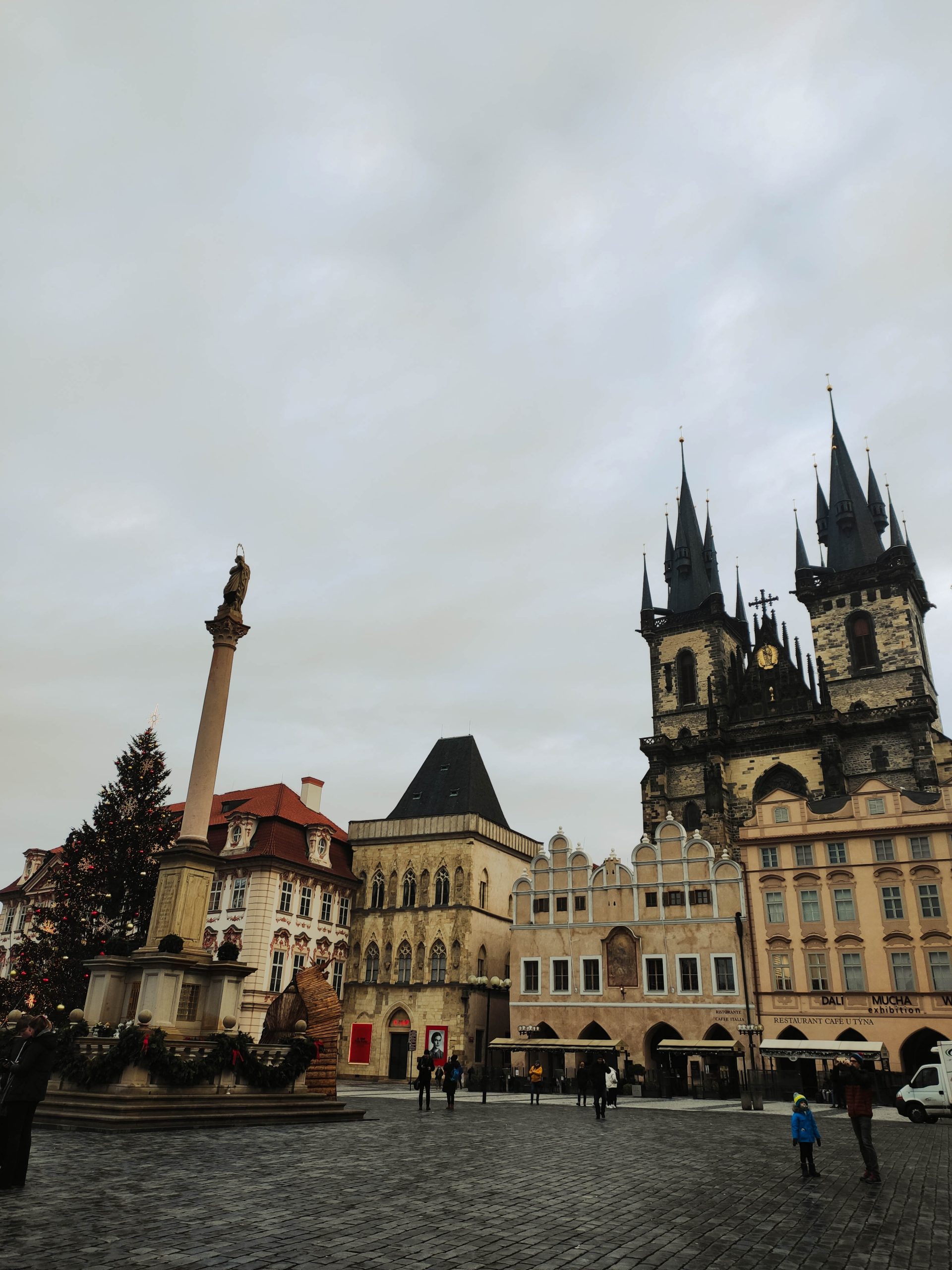
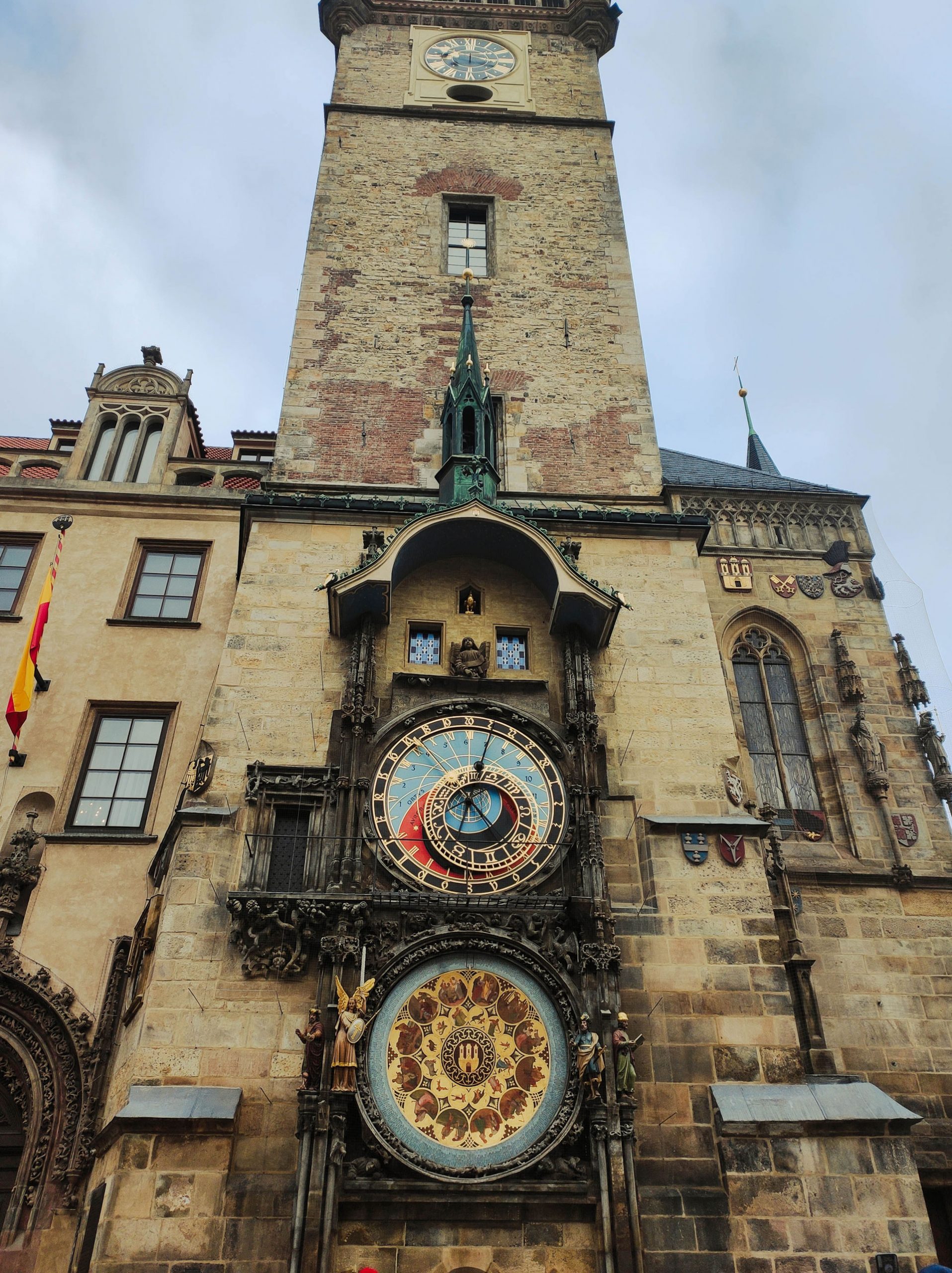



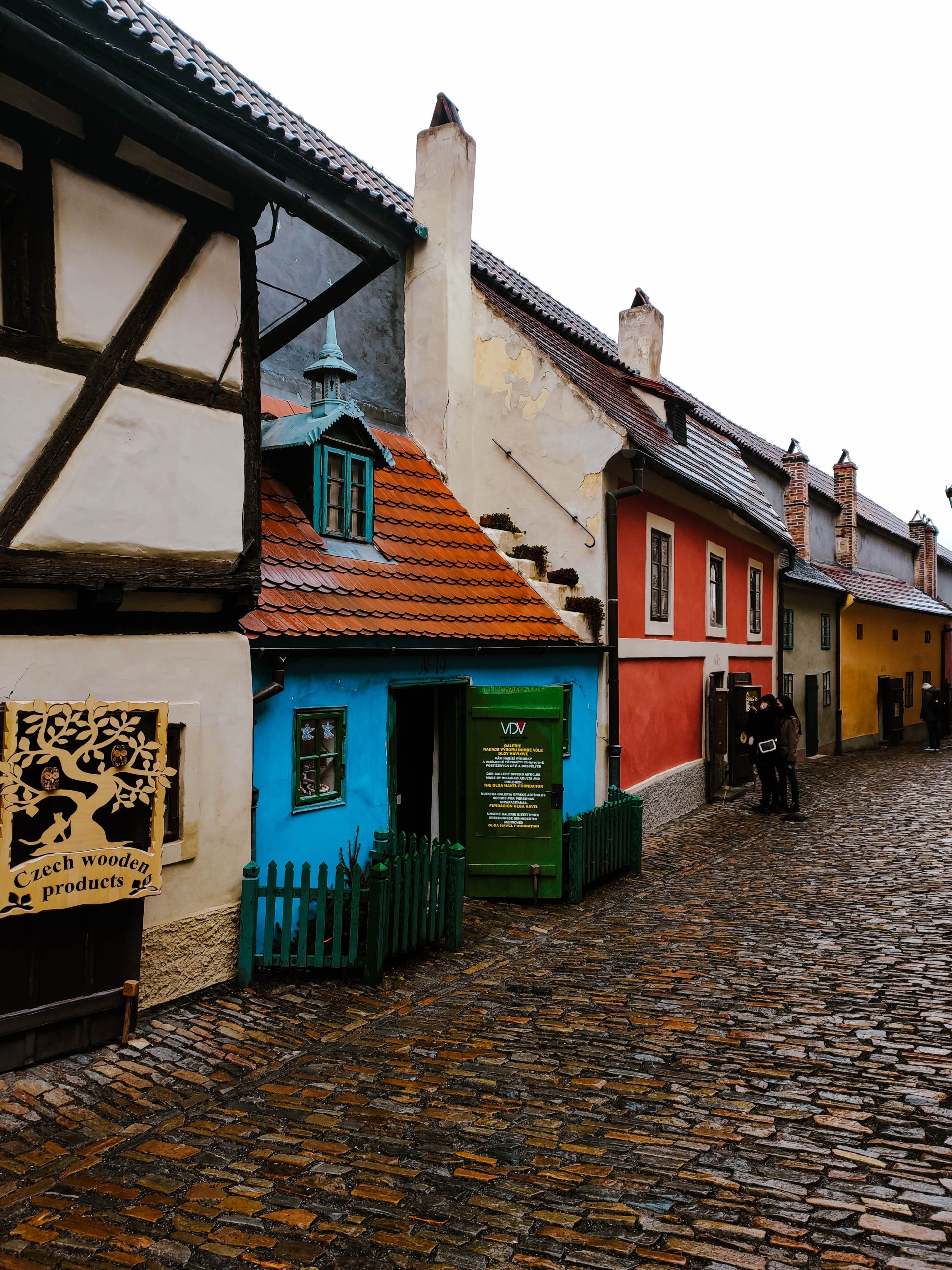
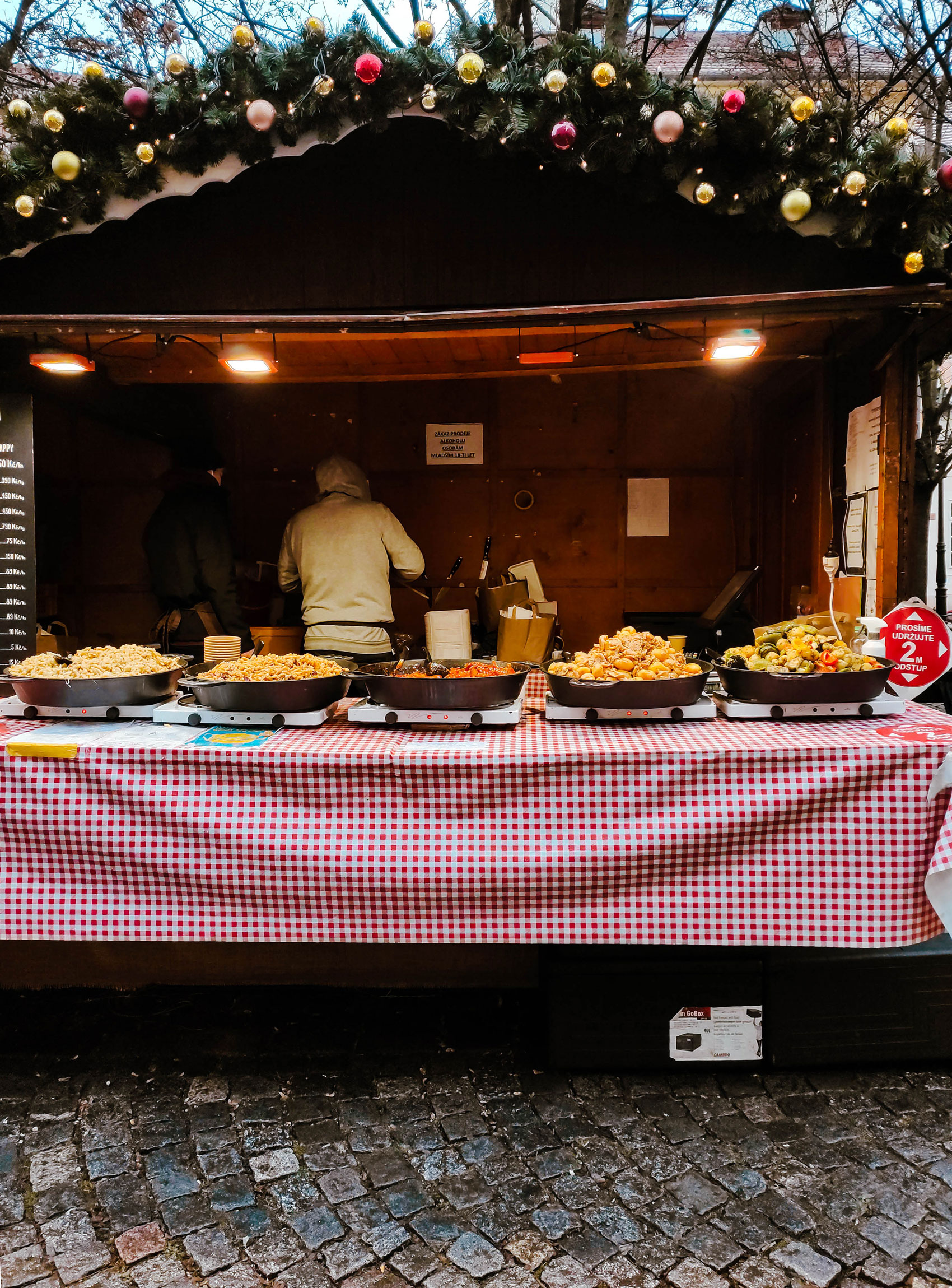
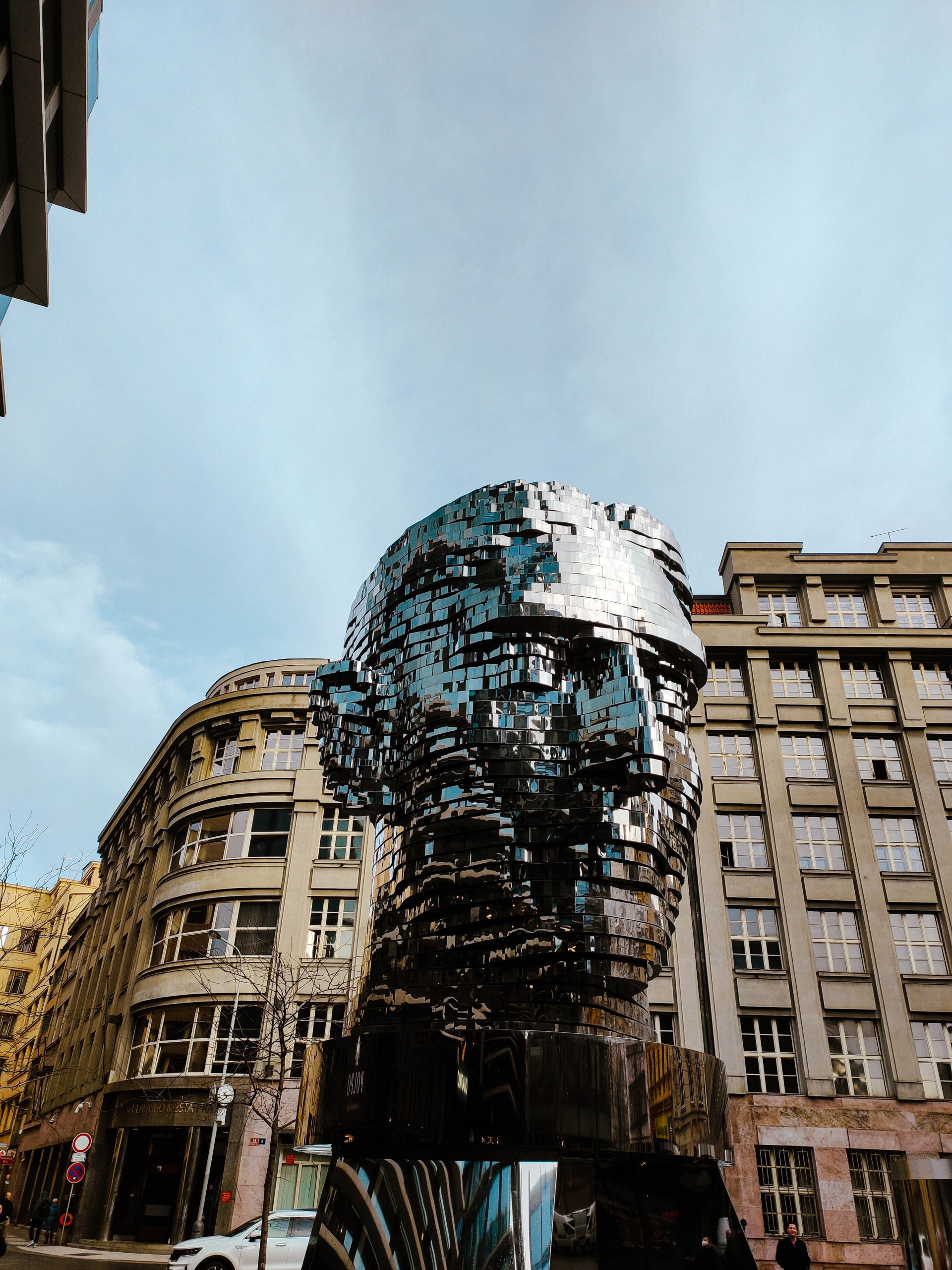
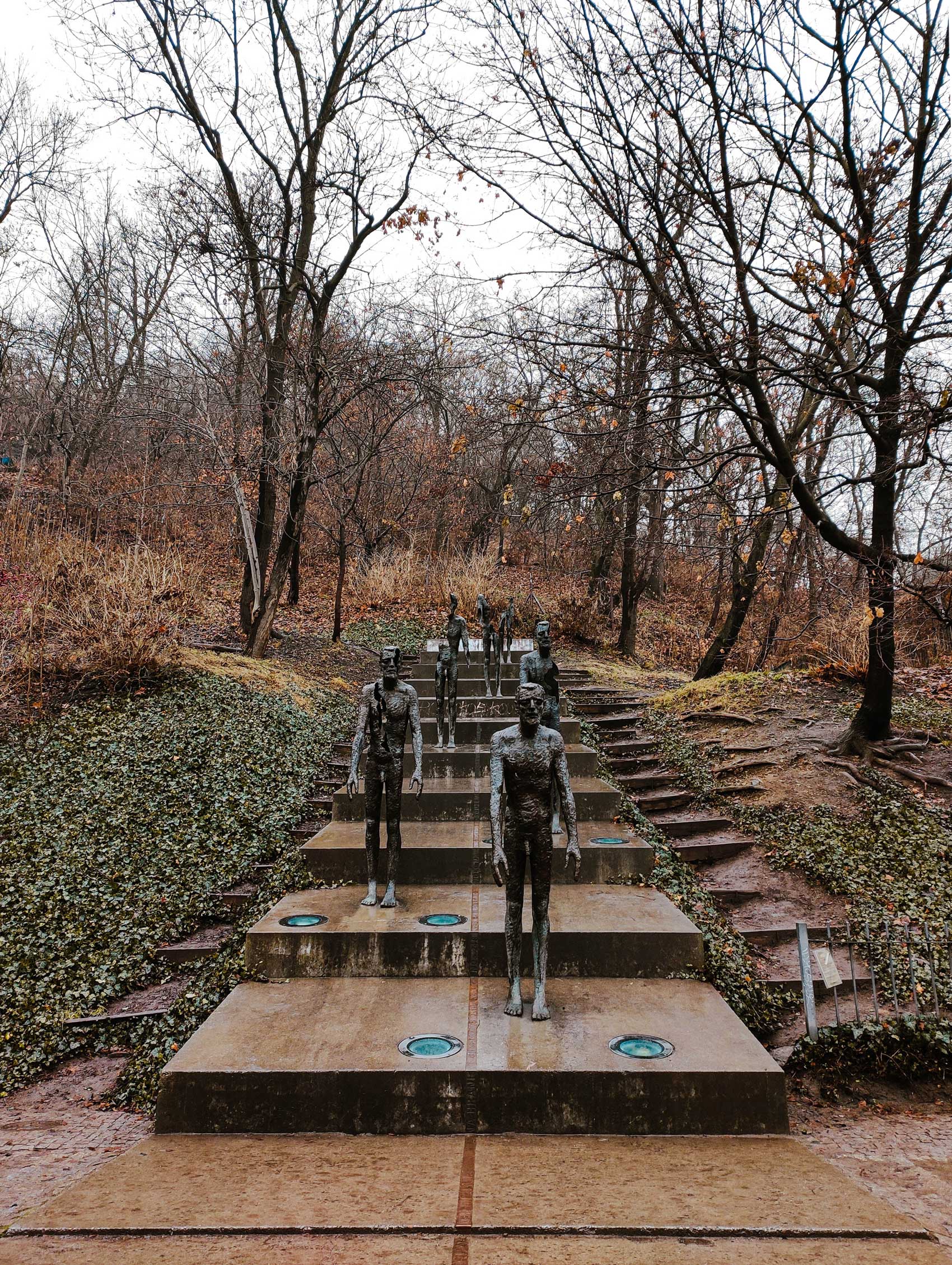

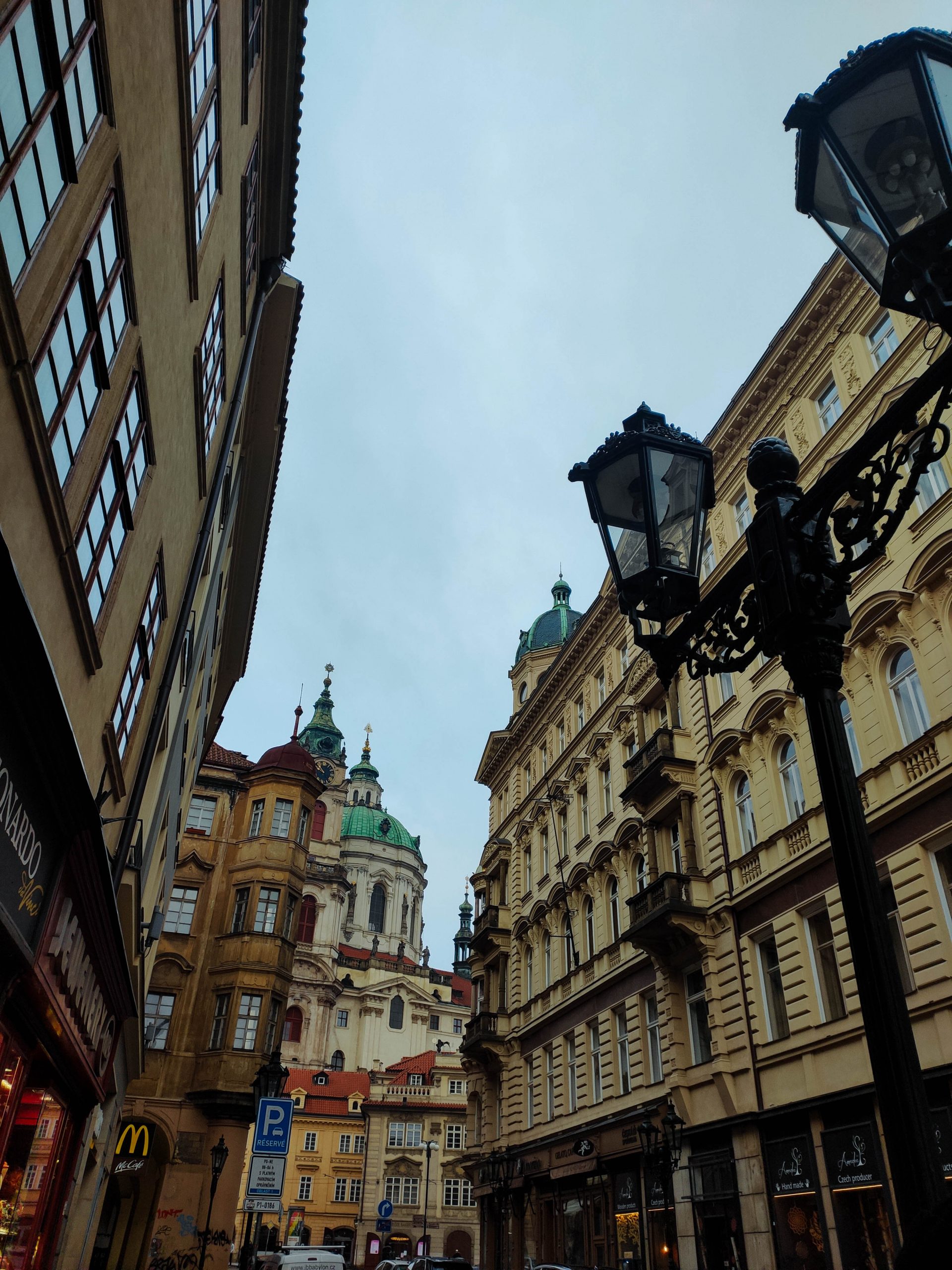


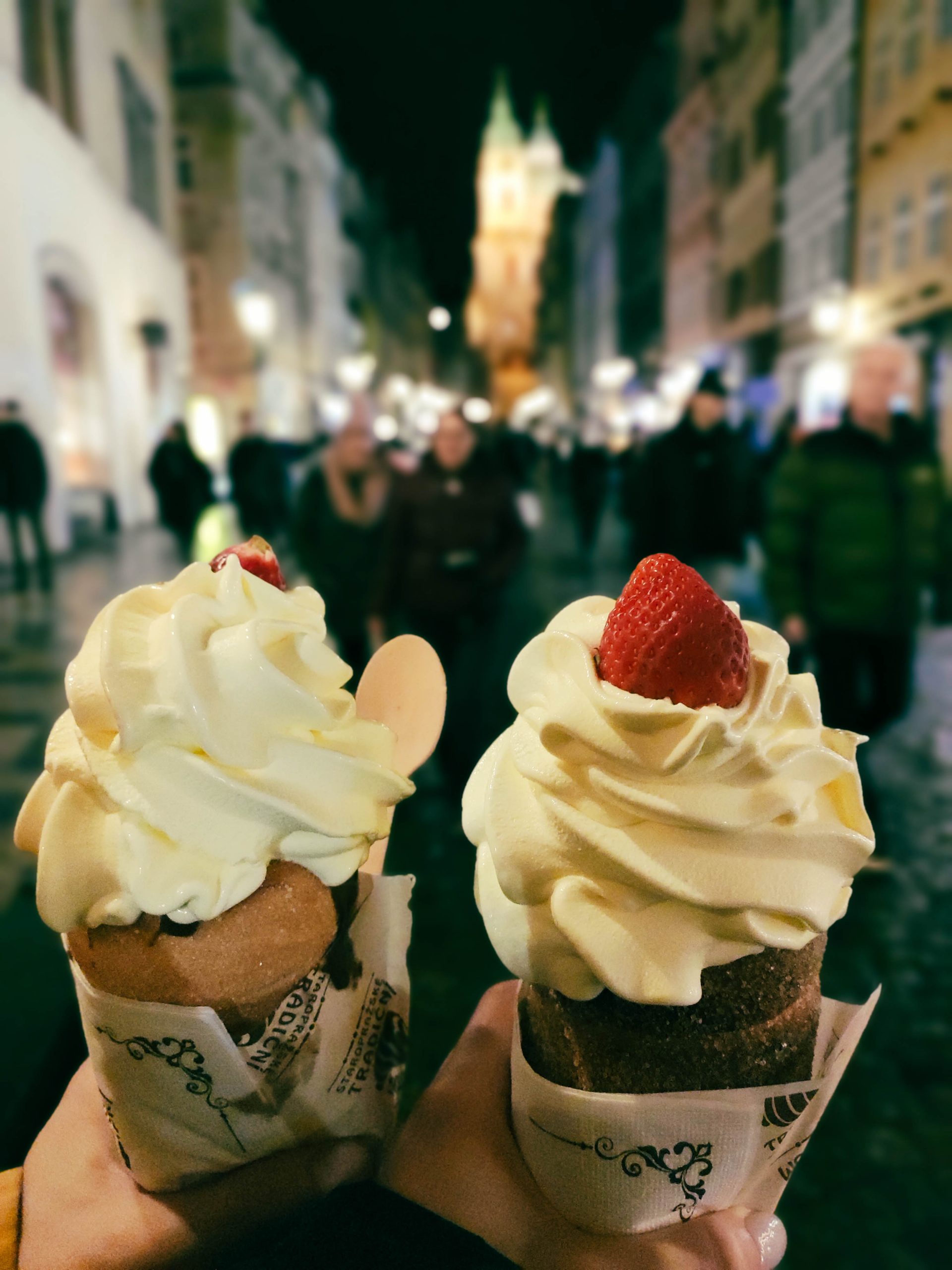
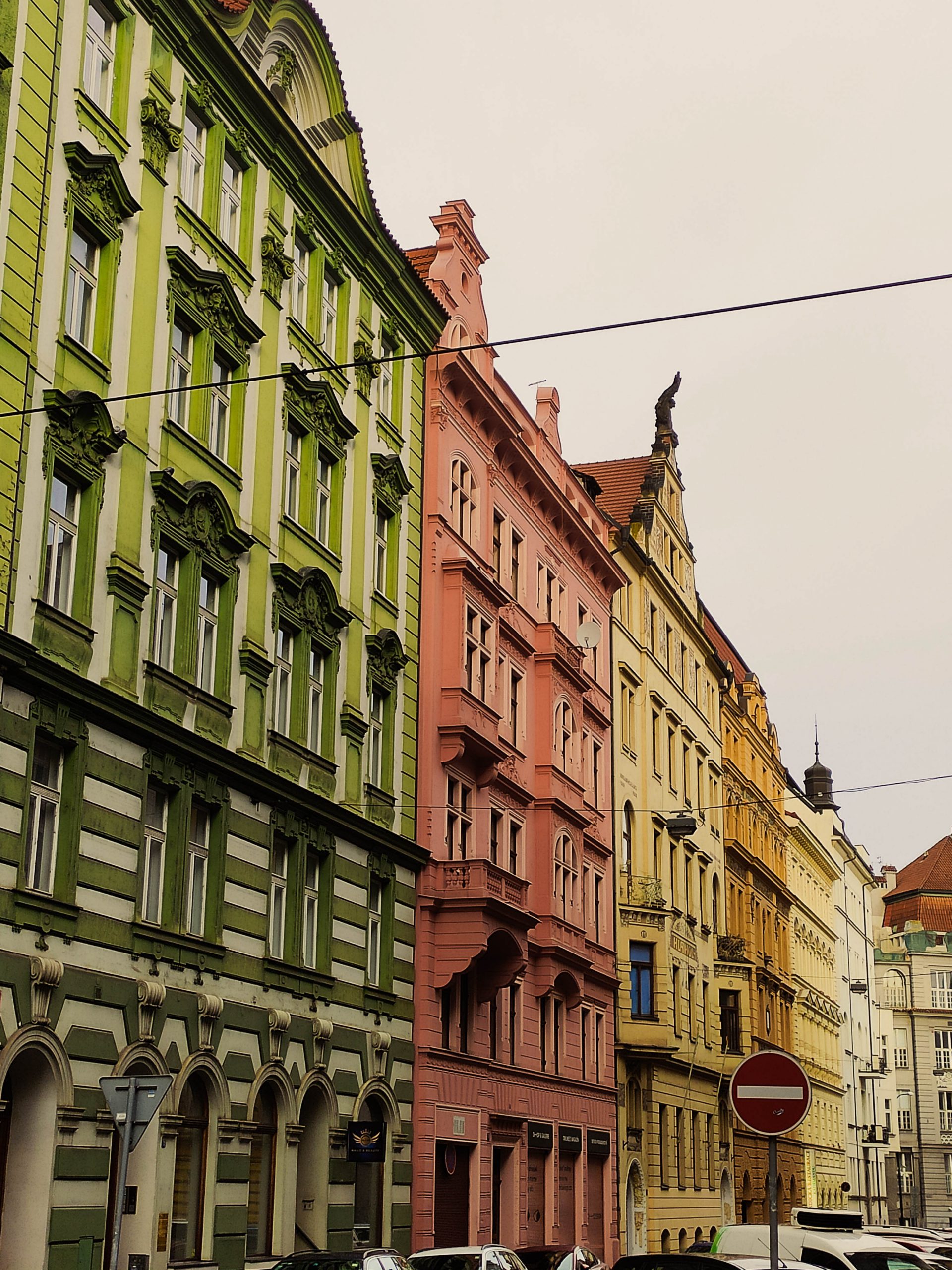
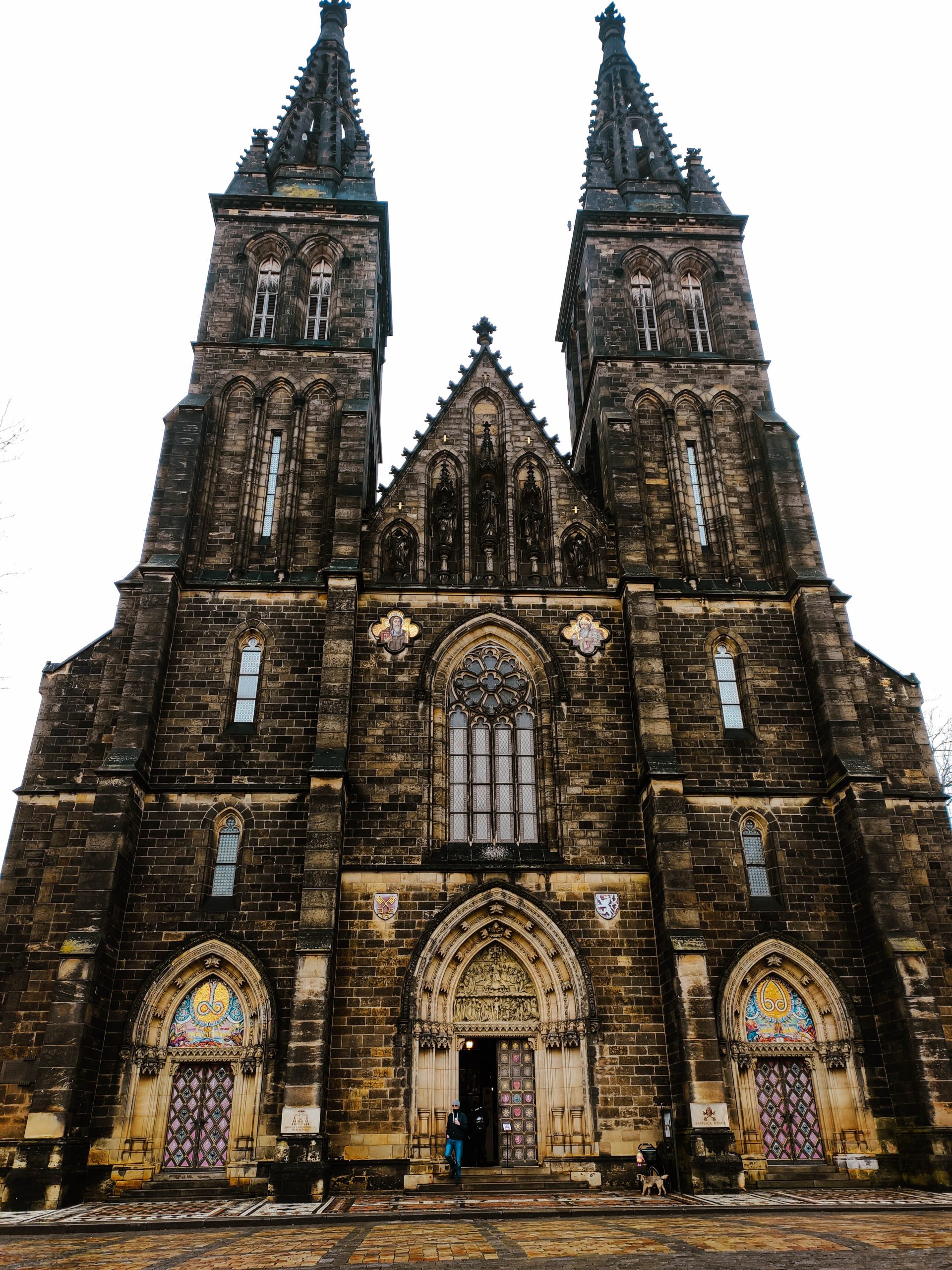
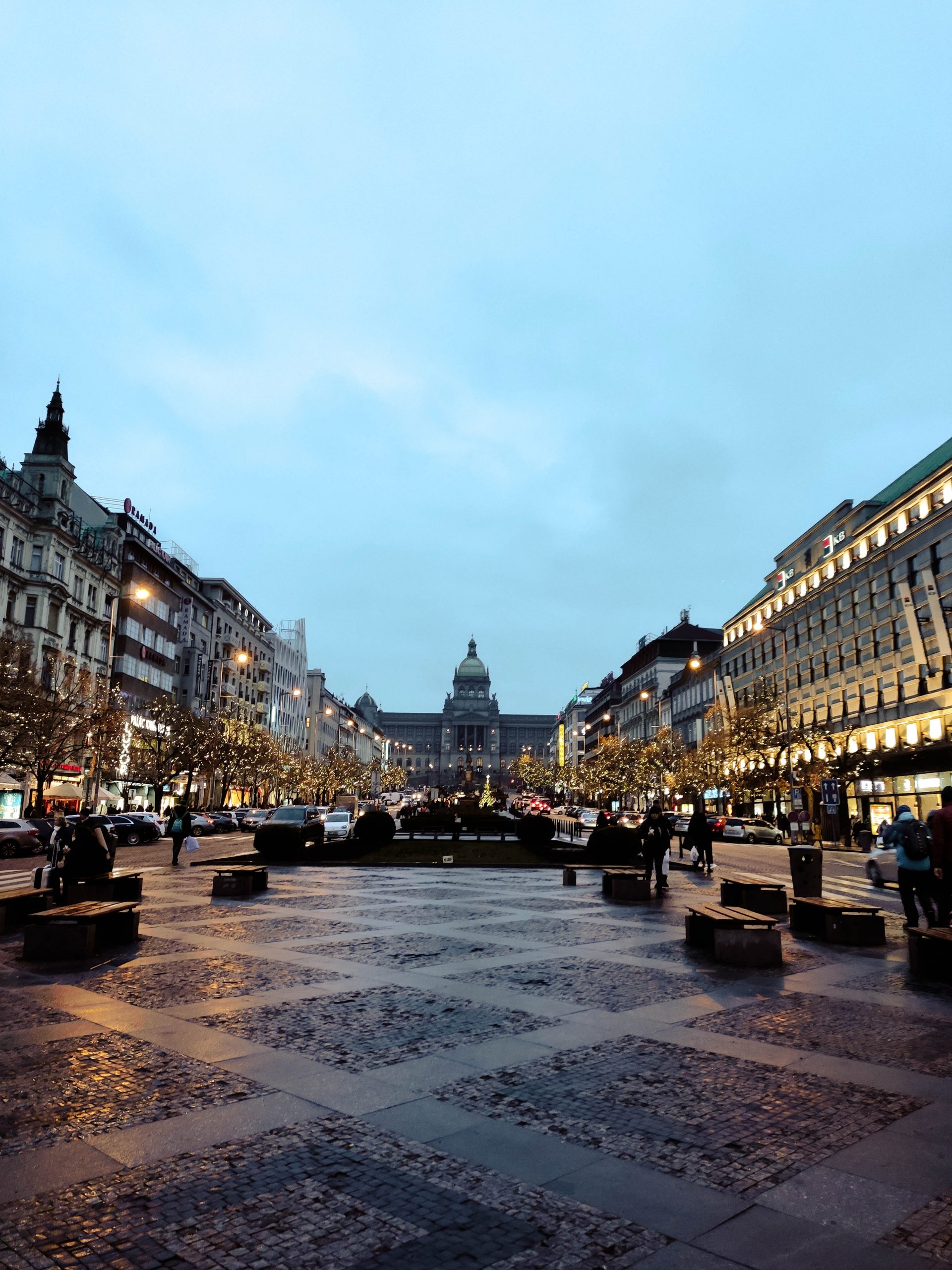
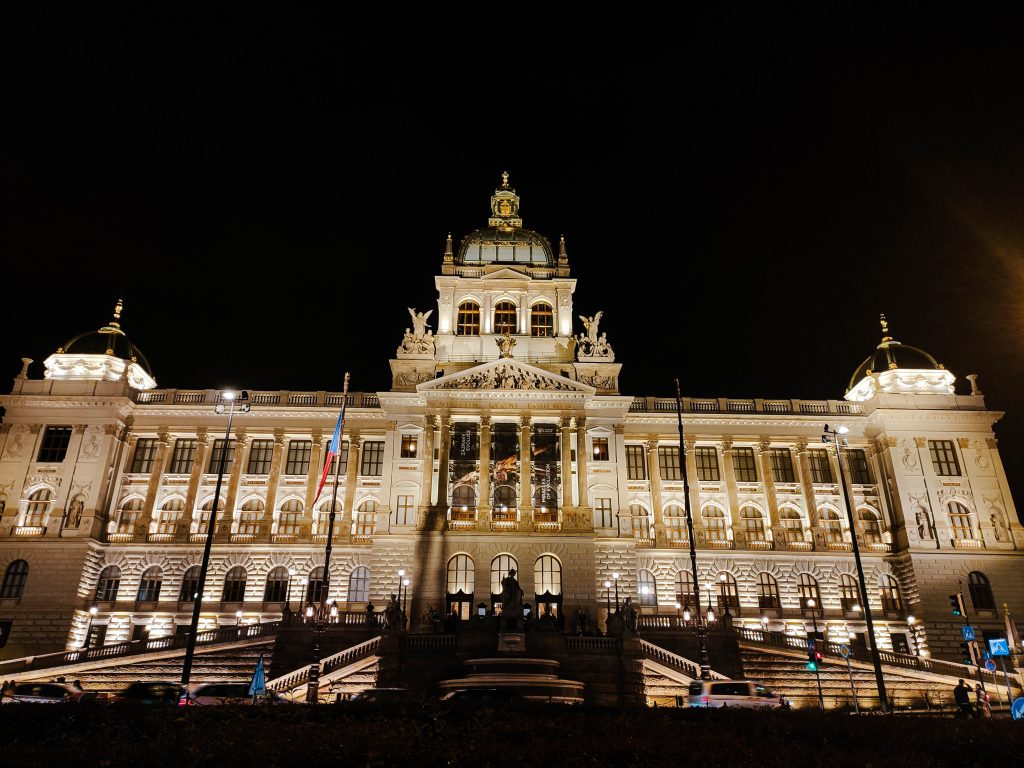
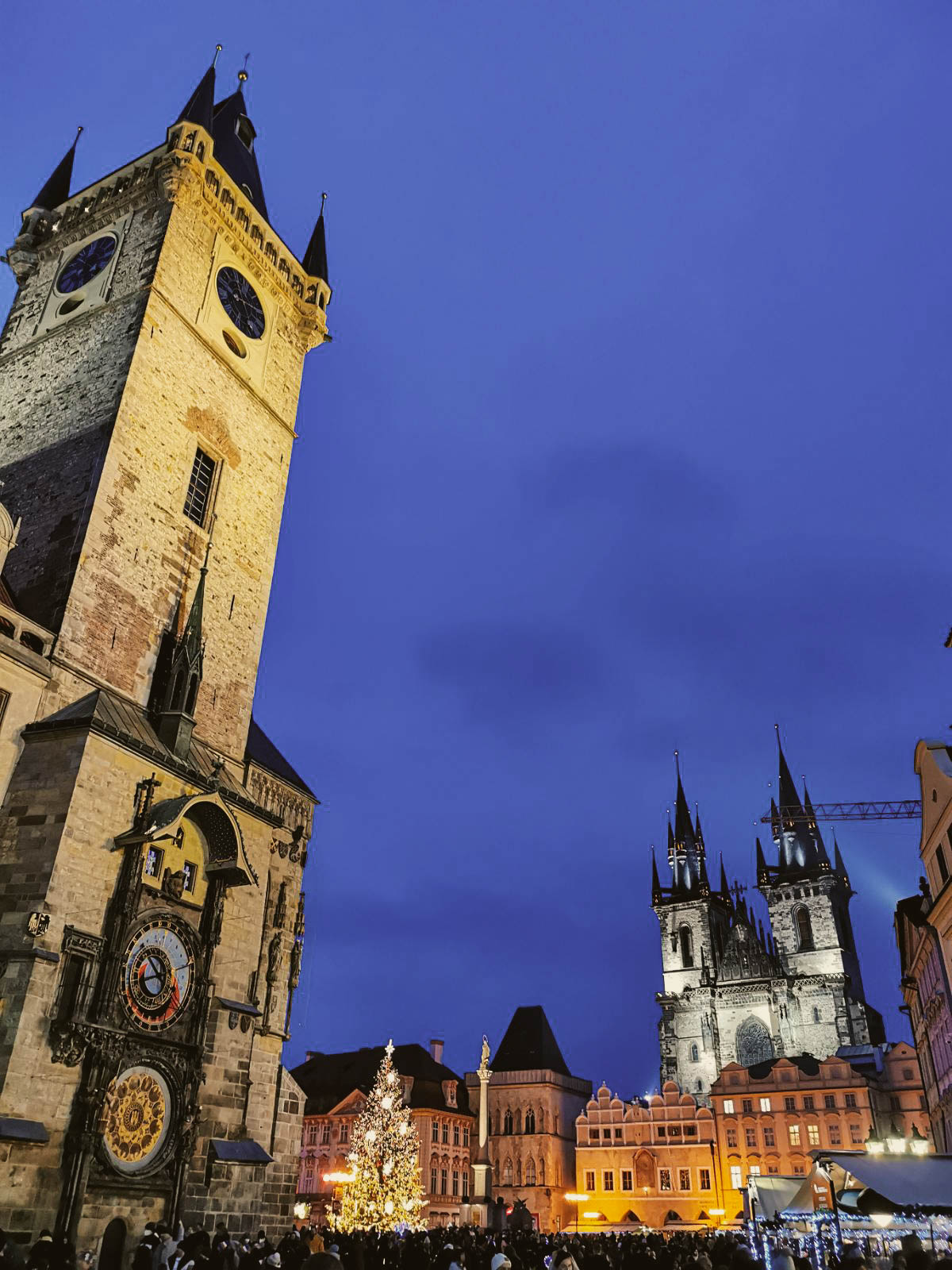

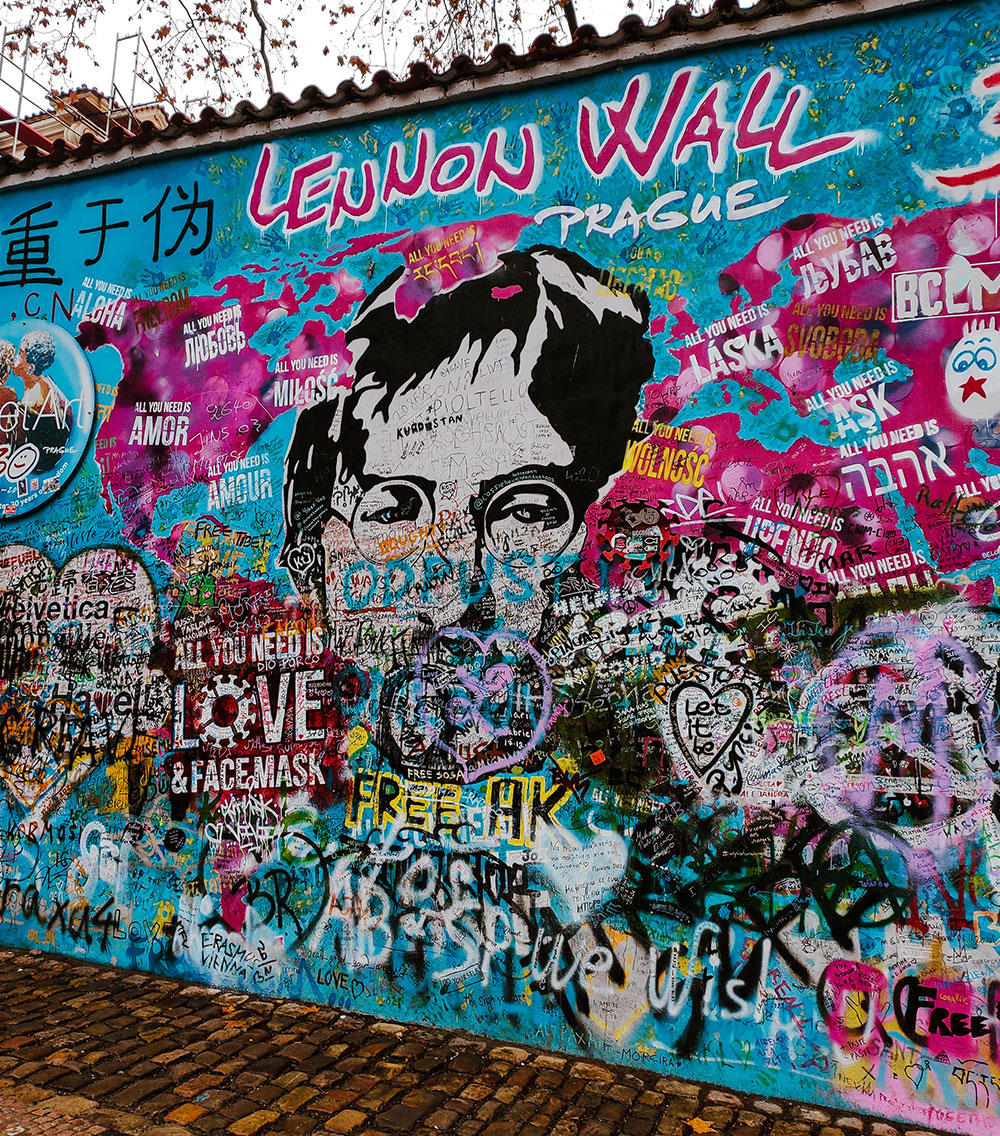
No Comments